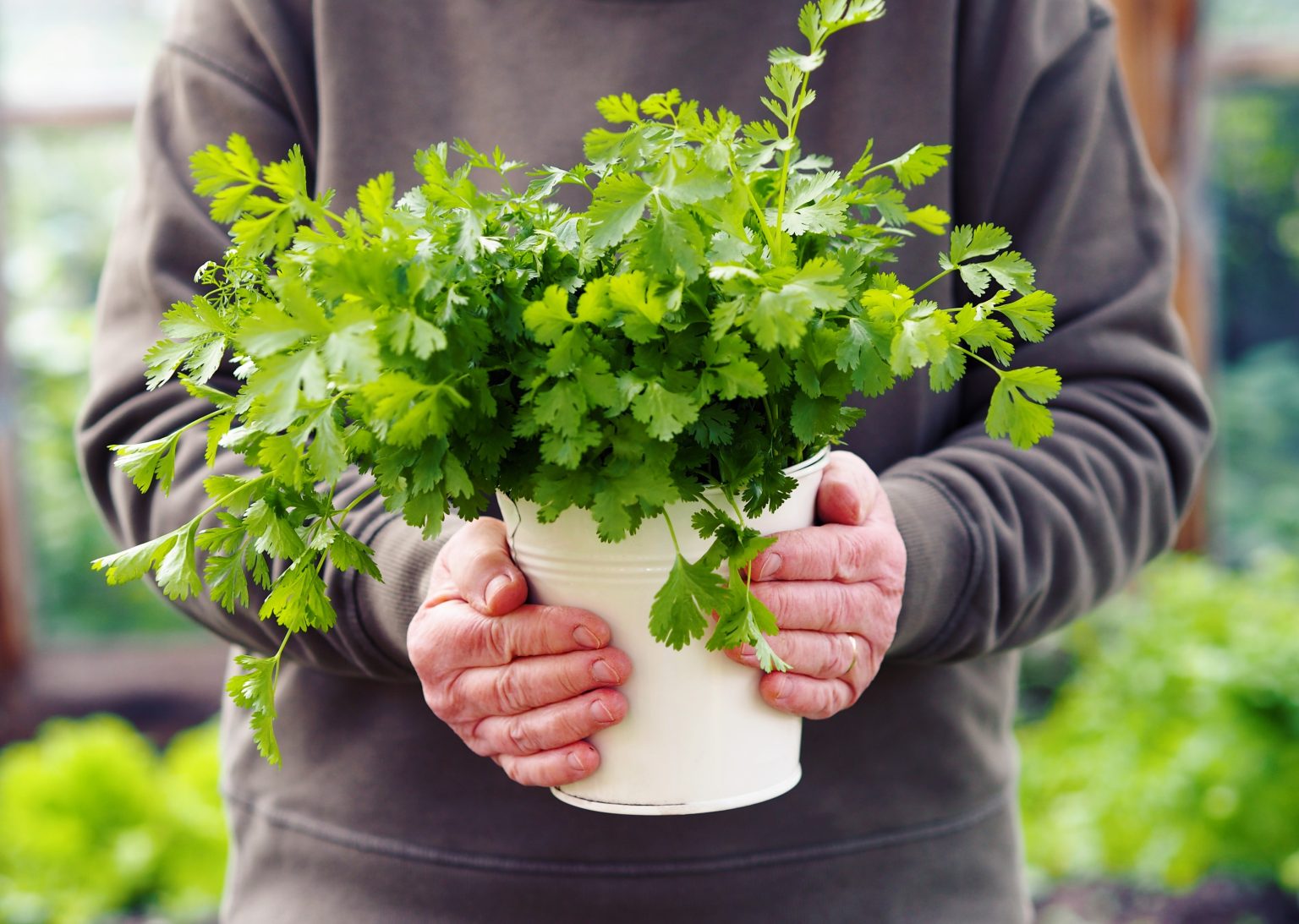Cilantro is a herb that brings a burst of freshness to many dishes, but keeping it fresh can be challenging. To keep cilantro fresh for as long as possible, store it in the refrigerator properly. One effective way is to place the stems in a glass of water and cover it loosely with a plastic bag.
Another method involves wrapping the cilantro in a damp paper towel and placing it in an airtight container. This can help it stay fresh for up to two weeks. For even longer storage, some people freeze cilantro in ice cube trays with water, which can be a handy way to preserve its flavour for future use.
Avoid storing cilantro in the coldest parts of the fridge where it could freeze. By using these simple techniques, you can keep your cilantro vibrant and ready to enhance your dishes whenever you need it.
Storing Cilantro for Optimal Freshness
To keep cilantro fresh and full of flavour, proper storage techniques are key. Whether refrigerating for short-term use or freezing for later, the correct steps can significantly extend the life of this herb.
Refrigerating Cilantro Properly
Properly storing cilantro in the refrigerator involves a few simple steps. First, cilantro should be stored unwashed to avoid excess moisture buildup, which can lead to spoilage. Trim the stems about 2 inches from the base to promote longevity.
Next, place the cilantro in a jar or glass with about an inch of water, similar to storing fresh flowers. Ensure the stems are fully submerged but keep the leaves above water to prevent them from becoming slimy. Cover the leaves loosely with a plastic bag to maintain moisture without causing condensation.
Another method is to roll unwashed cilantro in a damp paper towel or lightweight cloth, then place it in a zip-top bag or airtight container. This approach helps keep the cilantro fresh for longer by maintaining the right moisture levels.
Freezing Cilantro for Long-Term Use
For longer storage, freezing cilantro is an effective method. Start by washing and drying the cilantro thoroughly to eliminate excess moisture. Chop the leaves and stems to the desired size for easier use in future recipes.
One way to freeze is to place the chopped cilantro into ice cube trays, filling each section with olive oil or water. This not only preserves the cilantro but also infuses it with extra flavour.
Once frozen, transfer the cubes to a zip-top bag or airtight container and store in the freezer. Another method is to spread the cilantro on a baking sheet, freeze until solid, then move to a storage container for easy, individual access.
By following these storage techniques, cilantro can be kept fresh and ready for use, adding vibrant flavour to any dish.
Maintaining Cilantro Quality During Usage
Taking steps to preserve cilantro’s freshness after you bring it home is key. Focus on proper preparation and recognising signs of spoilage to keep the herb vibrant and flavourful.
Preparing Cilantro for Immediate Consumption
When ready to use cilantro in recipes like salsa, guacamole, or marinades, it’s crucial to wash and dry it properly. Rinse the cilantro under cool, running water to remove dirt and debris. Use a salad spinner or gently pat the leaves dry with a paper towel to remove excess water. Wet cilantro wilts faster and becomes slimy, reducing its flavour and texture.
For immediate use, trim the stems under cool water. This helps reduce shock to the plant, keeping it fresher. Integrate freshly prepared cilantro into sauces, salads, or soups right before serving to maintain its vibrant green colour and enhance the dish’s freshness.
Identifying and Preventing Cilantro Spoilage
Inspect cilantro regularly for signs of spoilage. Look for yellowing leaves, slimy textures, and unpleasant odours. Store cilantro in a vegetable drawer or away from direct cold air to prevent freezing. If leaves show signs of wilting or slime, they have gone bad and should be composted.
To maximise cilantro’s lifespan, cover the leaves loosely with a plastic bag to protect them from direct sunlight. Properly stored cilantro can last up to two weeks, maintaining its peak flavour and freshness for various dishes.



